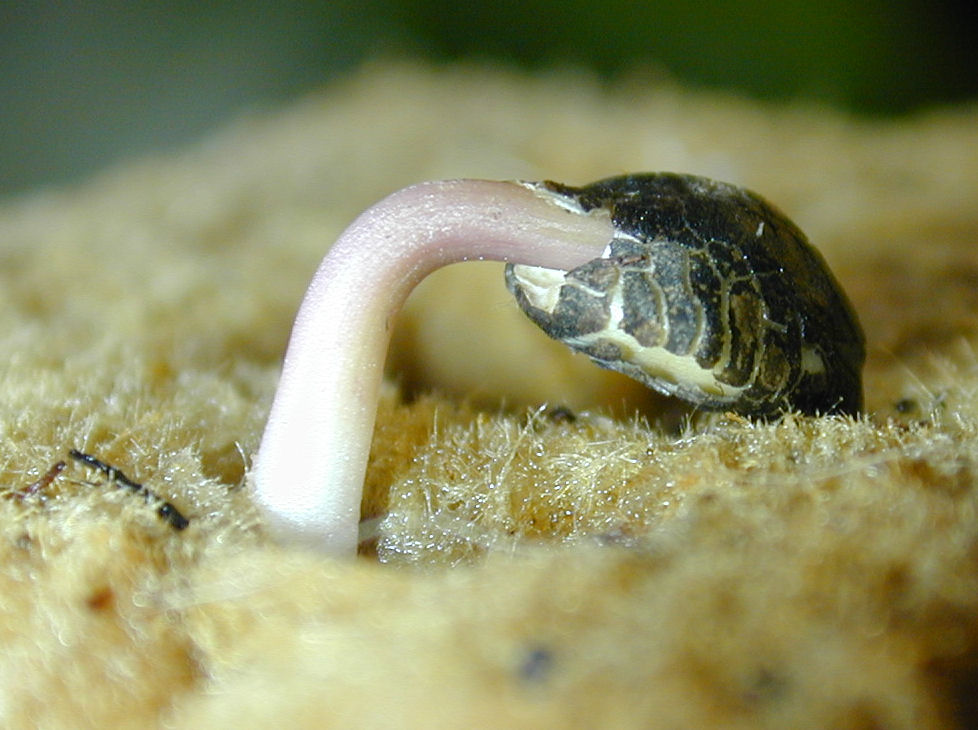|
Photomorphogenesis
In developmental biology, photomorphogenesis is light-mediated development, where plant growth patterns respond to the light spectrum. This is a completely separate process from photosynthesis where light is used as a source of energy. Phytochromes, cryptochromes, and phototropins are photochromic sensory receptors that restrict the photomorphogenic effect of light to the UV-A, UV-B, blue, and red portions of the electromagnetic spectrum. The photomorphogenesis of plants is often studied by using tightly frequency-controlled light sources to grow the plants. There are at least three stages of plant development where photomorphogenesis occurs: seed germination, seedling development, and the switch from the vegetative to the flowering stage (photoperiodism). Most research on photomorphogenesis is derived from plants studies involving several kingdoms: Fungi, Monera, Protista, and Plantae. History Theophrastus of Eresus (371 to 287 BC) may have been the first to write about phot ... [...More Info...] [...Related Items...] OR: [Wikipedia] [Google] [Baidu] |
Cryptochrome
Cryptochromes (from the Greek κρυπτός χρώμα, "hidden colour") are a class of flavoproteins found in plants and animals that are sensitive to blue light. They are involved in the circadian rhythms and the sensing of magnetic fields in a number of species. The name ''cryptochrome'' was proposed as a ''portmanteau'' combining the '' chromatic'' nature of the photoreceptor, and the ''cryptogamic'' organisms on which many blue-light studies were carried out. The two genes ''Cry1'' and ''Cry2'' code the two cryptochrome proteins CRY1 and CRY2. In insects and plants, CRY1 regulates the circadian clock in a light-dependent fashion, whereas in mammals, CRY1 and CRY2 act as light-independent inhibitors of CLOCK-BMAL1 components of the circadian clock. In plants, blue-light photoreception can be used to cue developmental signals. Besides chlorophylls, cryptochromes are the only proteins known to form photoinduced radical-pairs ''in vivo''. These appear to enable some animal ... [...More Info...] [...Related Items...] OR: [Wikipedia] [Google] [Baidu] |
